Pear variety Belarusian late
Belorusskaya Late - a pear variety with fruits of the winter ripening period, obtained at the Belarusian Research Institute of Fruit Growing (now RUE “Institute of Fruit Growing” of the National Academy of Sciences of Belarus) through sowing seeds of the French variety Dobraya Louise of free pollination. The authorship is assigned to N.I. Mikhnevich, M.G. Myalik and G.K. Kovalenko. In 1989, this pear was included in the State Register of Varieties and Trees and Shrubs of the Republic of Belarus; in 2002 - in the State Register of Breeding Achievements approved for use in the Russian Federation (North-West and Central Regions).
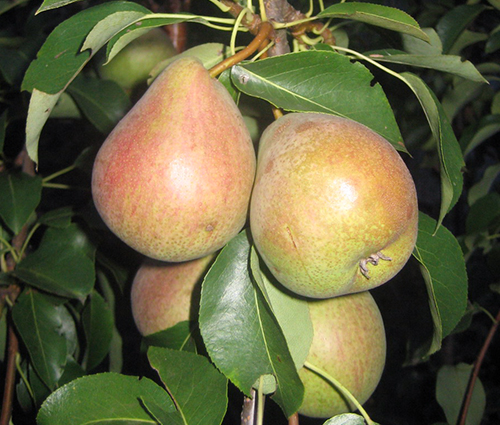
Trees are medium-sized, the crown is very dense, in shape - round (spherical). The main branches form an angle close to right when they leave the trunk; the ends of the branches are directed upward. Fruiting is of a mixed type, but most often trees bear fruit on simple and complex ringlets.
Shoots of medium thickness, geniculate, in section - rounded, fleecy, light brown color. Lentils are small in size, numerous. Buds are small, conical, bent, not pubescent. The leaves are small in size, elliptical, oblong, with a helical twisted top and wavy edges with fine serrated serration, light green. The surface of the leaf blade is smooth, with weak venation. Petioles are of medium thickness, short, without pubescence.
The flowers are large in size, with oval petals, white in color.
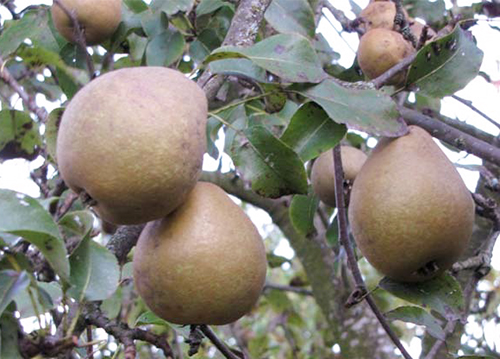
The fruits of the Belorussian late pear are medium in size (weight about 100 - 120 grams), in shape - regular wide pear-shaped, medium-sized. The skin is dry, dull, of medium thickness, with a rough surface and light brown spots. At the moment of removable maturity, the main color of the fruit is green, the integumentary color is brownish-red; in the period of consumer maturity, the main color changes to orange-yellow, the integumentary color to a blurred crimson blush. The peduncles are short, straight, set at an angle. The funnel is small in size, narrow in shape, with a slight rustiness. The heart is small, elliptical in shape. The calyx tube is medium in size, narrow, cupped in shape. Seeds are small, pitcher-shaped, colored brown.
The pulp is medium-dense, white, in consistency - fine-grained, oily, juicy, medium aromatic, semi-melting, tender, with a pleasant sour-sweet taste (light sourness, refreshing). Tasting assessment of taste is 4.2 - 4.4 points. By chemical composition, the fruits contain: dry matter (14.5%), the amount of sugars (9.3%), acids (0.1%), vitamin C (12.1 mg / 100 g). A variety of universal use.
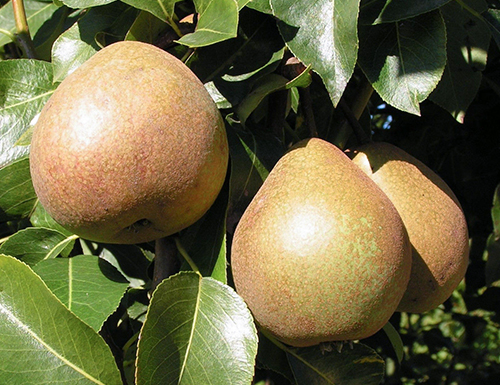
The period of removable fruit ripeness falls in mid - late September (depending on weather conditions in summer and autumn). The potability of the variety is very high, the fruits are stored for at least 5 months. The period of consumption falls on January - February. But often pears retain their freshness and at the same time do not lose their taste until March - April.
Pear Belorussian late is partially self-fertile. The best pollinators can be: Bere Loshitskaya and Oily Loshitskaya.
The early maturity of the variety is quite high: at the time of fruiting, trees enter the 3 - 4 year after planting in the garden with annual seedlings on a seed stock. The yield is good (an average of 160 kg / ha). Fruiting is regular.
In general, the variety is quite winter-hardy. Only in the winter periods of 1978 - 1979. and 1996 - 1997. trees froze up to 1.5 points. Scab resistance is average. In epiphytotic years, scab and fire blight lesions reach 2.0 points.
The obvious advantages of the late Belarusian pear include: long-term storage of fruits without spoilage and loss of taste, early maturity, good yield.
The main disadvantages are: poor scab resistance; tendency to shrinkage of fruits with abundant harvests.
It was also noted that in some cool years the fruits do not gain taste due to the lack of positive temperatures.
It is also important not to forget about the tendency of the crown to strong thickening, which requires regular thinning pruning. At the same time, it is recommended to form trees with a minimum number of skeletal branches (3 - 4) and be sure to normalize the yield.
To prevent scab damage, it is highly desirable to treat trees with fungicides for the entire growing season at least 3 times.
Belorusskaya late already has several clones. The tastiest of them are those with a more elongated fruit shape. Also, these clones have different fruit sizes and different scab resistance.

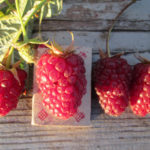
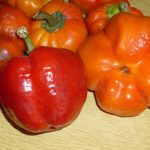
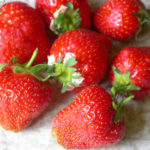
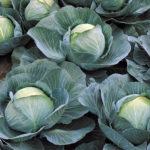
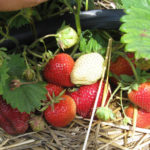



I like the taste of Belorussian late. This pear does not sin with cloying sweetness. And her aroma is subtle, not rich honey. However, the good keeping quality of the fruits turns out that in January they still remain firm. And only by March they acquire softness and juiciness. If by this time not all the fruits have been eaten, then the juiciness becomes a little watery. From the pros - in terms of the ratio of the area occupied on the site and the yield, there are few equal to the Belorussian late varieties. The tree is compact, always densely hung with fruits. But here is also a significant disadvantage. With all the yield in bulk, pears are often smallish.
I remembered this pear well from childhood due to its unusual dessert taste and juiciness, I could not eat a single fruit without smearing it with juice. They became so already in November and persisted until winter. The smaller fruits were drier. Then in 80-90 goals of good varieties were few and Belorusskaya late seemed to me ideal for taste among all available varieties. I repeat that large and medium-sized fruits show the best taste. One drawback, which is possible at the same time, and its advantage is the tough brown peel, which was cut off from the stored fruits like a potato, but thanks to it the fruits retain their unique juiciness.